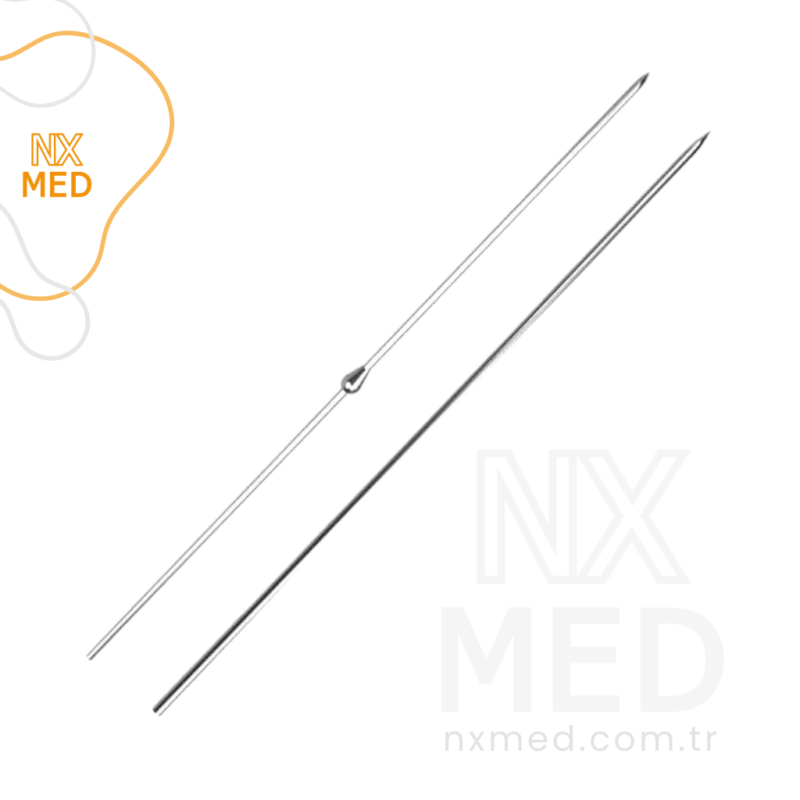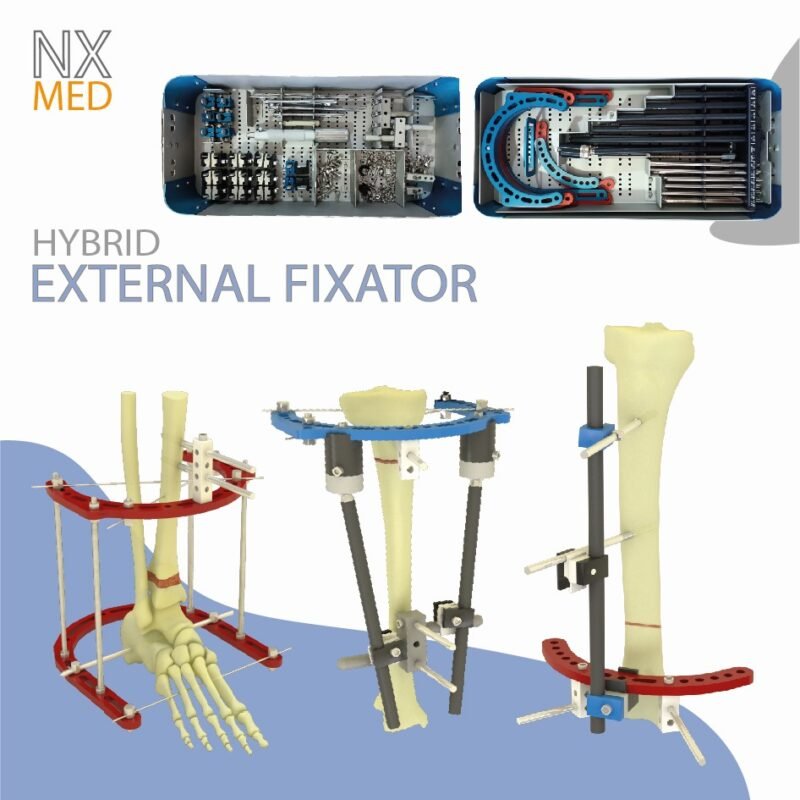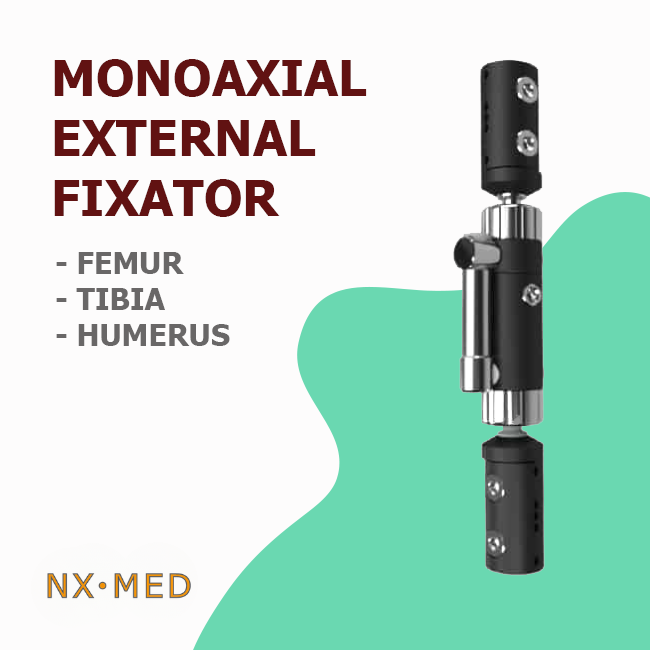K Wires – Olive K Wires

K-wires (Kirschner wires) are thin, flexible, stainless steel wires used in orthopedic surgery to hold bone fragments together or to provide an anchor for skeletal traction. They are commonly used for temporary fixation during surgeries involving fractures, osteotomies, and other bone-related procedures.
Olive K-wires are a specialized type of K-wire that includes a small, spherical enlargement (the “olive”) near one end. This olive acts as a stop to prevent the wire from migrating through the bone, providing additional stability.
- K-wires:
- Uses: Pin fixation, skeletal traction, temporary stabilization.
- Sizes: Typically range from 0.8mm to 2.0mm in diameter.
- Material: Usually made of stainless steel.
- Olive K-wires:
- Uses: Similar to K-wires but with added stability due to the olive stop.
- Advantages: Prevents wire migration, enhances fixation stability.
- Applications: Often used in complex fracture repairs and in the Ilizarov apparatus for bone lengthening and deformity correction
Inserting Olive K-wires involves a precise surgical technique to ensure proper stabilization and fixation.
1. Preparation:
- Sterilization: The surgical area is sterilized to prevent infection.
Anesthesia: Local or general anesthesia is administered depending on the procedure and patient condition.
2. Positioning:
- The patient is positioned to provide optimal access to the surgical site.
- The limb or area to be treated is properly aligned.
3. Insertion:
- Incision: A small incision is made at the insertion site.
- Drilling: A pilot hole may be drilled into the bone to guide the K-wire.
- Insertion of K-wire: The Olive K-wire is inserted through the pilot hole using a power drill or manually with a wire driver. The olive (spherical enlargement) is positioned to prevent the wire from migrating through the bone.
4. Fixation:
- The wire is driven through the bone to the desired depth.
- The olive acts as a stop, providing additional stability and preventing the wire from moving.
5. Securing:
- The external end of the K-wire is secured to an external fixation device if needed.
- The incision site is closed and dressed to prevent infection.
6. Post-Procedure Care:
- The patient is monitored for any signs of infection or complications.
- Follow-up appointments are scheduled to check the stability and healing of the bone.



